 Weird Stuff
Weird Stuff  Weird Stuff
Weird Stuff  Our World
Our World 10 Ways Your Christmas Tree Is More Lit Than You Think
 Movies and TV
Movies and TV The 10 Coolest Stars to Set Sail on The Love Boat
 History
History 10 Things You Didn’t Know About the American National Anthem
 Technology
Technology Top 10 Everyday Tech Buzzwords That Hide a Darker Past
 Humans
Humans 10 Everyday Human Behaviors That Are Actually Survival Instincts
 Animals
Animals 10 Animals That Humiliated and Harmed Historical Leaders
 History
History 10 Most Influential Protests in Modern History
 Creepy
Creepy 10 More Representations of Death from Myth, Legend, and Folktale
 Technology
Technology 10 Scientific Breakthroughs of 2025 That’ll Change Everything
 Weird Stuff
Weird Stuff Ten Bizarre Facts About The Doge Meme
 Our World
Our World 10 Ways Your Christmas Tree Is More Lit Than You Think
 Movies and TV
Movies and TV The 10 Coolest Stars to Set Sail on The Love Boat
Who's Behind Listverse?

Jamie Frater
Head Editor
Jamie founded Listverse due to an insatiable desire to share fascinating, obscure, and bizarre facts. He has been a guest speaker on numerous national radio and television stations and is a five time published author.
More About Us History
History 10 Things You Didn’t Know About the American National Anthem
 Technology
Technology Top 10 Everyday Tech Buzzwords That Hide a Darker Past
 Humans
Humans 10 Everyday Human Behaviors That Are Actually Survival Instincts
 Animals
Animals 10 Animals That Humiliated and Harmed Historical Leaders
 History
History 10 Most Influential Protests in Modern History
 Creepy
Creepy 10 More Representations of Death from Myth, Legend, and Folktale
 Technology
Technology 10 Scientific Breakthroughs of 2025 That’ll Change Everything
Top 10 Great Historical Impostors
This list looks at great impostors from history; men and women who pretended to be someone they were not. We have omitted people who merely assumed false names (such as Frank Abagnale and Frédéric Bourdin) and focused entirely on impostors who claimed to be someone famous (with rather incredible success in some cases). Be sure to mention others you may know in the comments, as this is a very interesting topic. This list is based on one sent in by Igor Itkin. It is released under the creative commons license, as it relies heavily on Wikipedia for biographical information which is scant elsewhere.
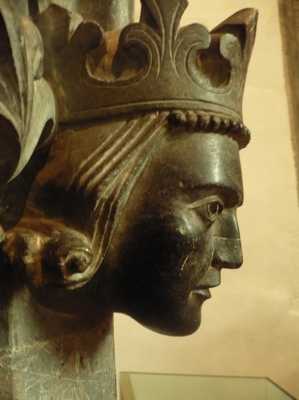
False Margaret (c. 1260 – 1301) was a Norwegian woman who impersonated Margaret, Maid of Norway. The real Margaret had died in 1290, in Orkney, and her father King Eirik II of Norway (above) died in 1299, succeeded by his brother, Haakon V. The following year a woman arrived at Bergen, Norway, off a ship from Lübeck in Germany, claiming to be Margaret, and accused several people of treason. She claimed that she had not died in Orkney, but had been sent to Germany, where she had married. The city people and some of the clergy supported her claim, even though the late King Eirik had identified his dead daughter’s body, and even though the woman appeared to be about 40 years old, whereas the real Margaret would have been 17. The false Margaret and her husband were convicted for fraud: he was beheaded and she was burnt at the stake, in 1301.
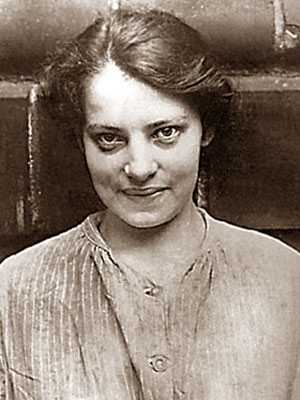
Anna Anderson is probably the most well known entry on this list. In 1920, Anderson turned up at a mental hospital in Germany as a Jane Doe. She refused to reveal her identity at first, but two years later she began claiming to be the Grand Duchess Anastasia Romanov, who was believed (though not by all) to have been executed with the rest of the Russian Royal family four years earlier. Anderson was the most well known woman claiming to be Anastasia, and she continued to uphold the claim until her death, in 1984. During her lifetime she was visited by many members of the Russian Royal family – some of whom supported her claim and some who dismissed her as an impostor. Her claim made her famous around the world, and a number of films and books were written about her. In 2007, the body of Anastasia Romanov was discovered in Russia, finally putting the tale to rest. DNA testing on Anna’s hair proved her to be a missing Polish factory worker, Franziska Schanzkowska.
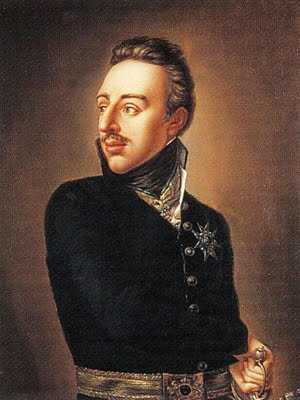
Helga de la Brache (1817-09-06, Stockholm – 1885-01-11, Stockholm), attained a royal pension by convincing the authorities that she was the secret daughter of King Gustav IV of Sweden (above) and Queen Frederica of Baden. The exiled Gustav IV and Frederica of Baden had divorced in 1812, but Helga de la Brache claimed that they had married again, secretly, “in a convent in Germany”, which resulted in her birth in Lausanne, in 1820. She was later sent to be raised by her alleged father’s aunt, Princess Sophia Albertine of Sweden. When the Princess died in 1829, she was taken to the Vadstena asylum, so that the secret of her birth would be concealed as she would be thought to be insane. Her story was believed by many people in Sweden and Finland. Eventually, even the skeptics had to admit that the story was, at least, theoretically possible. She received great financial support from private benefactors. In March 1861, the king allowed her an annual pension from the foreign department of 2,400 Swedish riksdaler a year, (the amount, from the beginning 1,200, was made larger, in December 1869). He also promised to get her the furniture of a princess. She managed to continue this for years until a newspaper report caused an investigation to be held. It turned out she was a maid from Stockholm who had made the whole thing up. She was tried and the trial resulted in the termination of her pension.
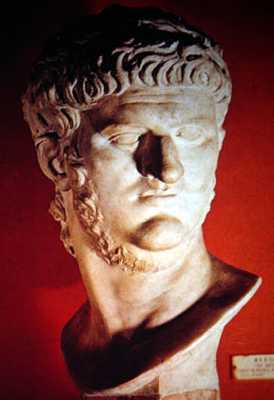
After the emperor Nero committed suicide near the villa of his freedman Phaon, in June of 68 AD, various Nero impostors appeared between the autumn of 69 AD and the reign of the emperor Domitian. The first Pseudo-Nero appeared in the autumn of 68 AD, or the early winter of 69 AD, in the Roman province of Achaia, today modern Greece. Nero had recently visited Greece (66-67 AD) to participate in its Panhellenic Games, and this may account for some of the support the impostor received. The impostor, according to Tacitus, was either a slave from Pontus, or a freedman from Italy. The historian does not reveal much about the early career of the impostor, except to say that the Pseudo-Nero gathered around him a group of army deserters and then set out to sea where he began a career in piracy whilst maintaining his claim to be the emperor. He was eventually apprehended and beheaded.
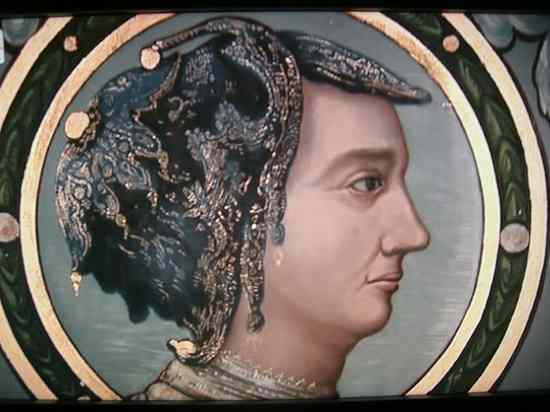
Several impostors claimed to be Saint Joan of Arc, after her execution in 1431. The most successful was Claude des Armoises. Claude des Armoises married the knight, Robert des Armoises, and claimed to be Joan of Arc, in 1436. She gained the support of Joan of Arc’s brothers. She carried on the charade until 1440, gaining gifts and subsidies. One chronicle states, “In this year there came a young girl who said she was the Maid of France, and played her role so well that many were duped by her, and especially the greatest nobles.” Some modern authors attempt to revive this claim by asserting that some other victim was substituted for Joan of Arc at the stake. The likelihood of this is extremely thin, since the trial of nullification records sworn testimony from numerous witnesses who were present at the execution and who confirmed her identity.
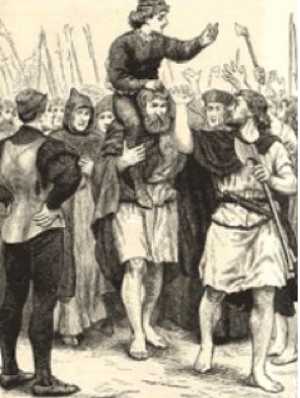
Lambert Simnel (ca. 1477 – ca. 1525) was a pretender to the throne of England. His claim to be the Earl of Warwick, in 1487, threatened the newly established reign of King Henry VII (reigned 1485–1509). At the age of about ten, Simnel was taken as a pupil by an Oxford-trained priest named Roger Simon (or Richard Symonds) who apparently decided to become a kingmaker. He tutored the boy in courtly manners, and contemporaries described the boy as handsome. He was taught the necessary etiquettes and was educated well by Symonds. Simon noticed a striking resemblance between Lambert and the supposedly murdered sons of Edward IV, so he initially intended to present Simnel as Richard, Duke of York, son of King Edward IV, the younger of the vanished Princes in the Tower. However, when he heard rumors that the Earl of Warwick had died during his imprisonment in the Tower of London, he changed his mind. The real Warwick was a boy of about the same age and had a claim to the throne as the son of the Duke of Clarence, King Edward IV’s brother. Simon spread a rumor that Warwick had actually escaped from the Tower and was under his guardianship. Simon managed to raise a small Irish army to support his ward’s claim. They clashed with the King’s army on 16 June, at the Battle of Stoke Field and were defeated. Because he was a priest, Simon was imprisoned for life rather than executed, and Simnel, being so young, was pardoned by the King and given a job as a spit turner in the royal kitchen.
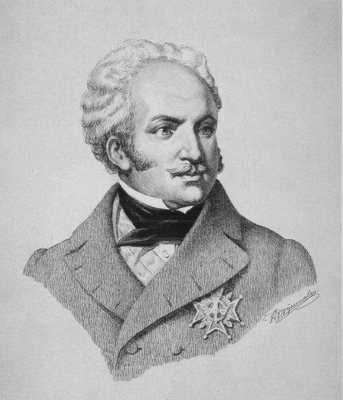
Karl Wilhelm Naundorff (1785? – August 10, 1845) was a German clock- and watch-maker who, until his death, claimed to be Prince Louis-Charles. Naundorff was one of the more stubborn of more than thirty men who claimed to be Louis XVII. Prince Louis-Charles, the son of Louis XVI of France and Marie Antoinette, was imprisoned during the French Revolution and believed to have died in prison. However, there were various rumors that monarchist sympathizers had spirited the young dauphin away from the Temple prison, and that he was living elsewhere in secret. Naundorff claimed that he was the young prince and had been substituted with a deaf and mute orphan who died soon afterward, and that he had been hidden in a secret area of the Tower of the Temple until his escape. He also claimed that he was later recaptured by Napoleon’s forces and secretly kept in several dungeons throughout Europe, until finally escaping in his mid-twenties. Despite the fact that Naundorff did not speak French very well, he managed to convince various former members of Louis XVI’s court that he was the Dauphin. He seemed to know everything about the private life of the royal court, gave right answers to most questions and spoke to courtiers as if he had known them as a child. However, Princess Marie-Thérèse, the sister of Prince Louis, did not acknowledge him. She had seen pictures of him, claimed she did not see any resemblance to her brother and refused even to see him, despite having seen other claimants who were not represented by former members of the royal court. In 1836, Naundorff sued Marie Thérèse for property that supposedly belonged to him. Instead, the police force of King Louis-Philippe arrested him, seized all his papers and deported him to England. He died in 1845, in Delft, the Netherlands, where he was possibly poisoned.
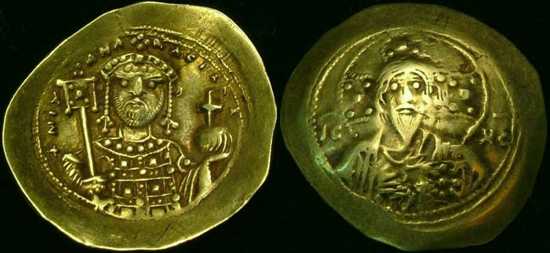
Raictor was an Eastern Orthodox monk who assumed the identity of Byzantine Emperor Michael VII, and participated in the Norman campaigns of Robert Guiscard to overthrow the Byzantine Empire. By 1081, the Byzantine Empire was in a state of chaos. Alexios I Komnenos had just overthrown Nikephoros III Botaneiates, and was confronted with the challenge of dealing with the imminent invasion of the Balkans by Robert Guiscard, the Norman Duke of Apulia. Guiscard had used the overthrow of Emperor Michael VII by Nikephoros III, in 1078, as a pretext for launching a full-scale assault against the empire. By 1081, either by a stroke of good fortune or by some creative manipulation, there was waiting for him at Salerno a man who claimed to be Robert’s son-in-law, the deposed emperor, Michael VII. Guiscard realized that Raictor wasn’t who he said he was, but he realized that by supporting his claim he could gather support for his campaign. Raictor managed to convince many nobles that he was the Emperor and they agreed to back him by launching a war against the Eastern Roman Empire. When his use as a puppet of Robert Guiscard was over, he seemingly vanished – being disposed of quietly.
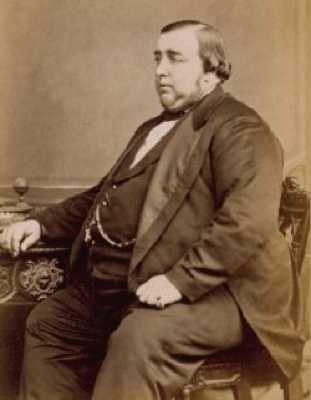
The affair of the Tichborne claimant was the celebrated 19th-century legal case in the United Kingdom of Arthur Orton (1834–1898), an impostor who claimed to be Sir Roger Tichborne (1829–1854), the missing heir to the Tichborne Baronetcy. Sir Roger (who was raised in France and had a French accent) was presumed dead when he was lost at sea. On learning the news of her eldest son’s death, Sir Roger’s mother refused to admit that he was dead. She sent inquiries all over the world, and in November, 1865, she received a letter from an Australian lawyer, William Gibbes, who said that a man supposedly fitting the description of her son had approached him, and was living as a butcher in the New South Wales rural town of Wagga Wagga. The supposed Sir Roger was actually London-born Arthur Orton, who at the time used the name Tom Castro. Aside from some facial resemblance to Tichborne, he did not fit the description at all. Instead of sharp features and black hair, he had a rounded visage and light brown hair. He was also overweight and did not speak a word of French. Moreover, his first letter from Australia referred to facts Lady Tichborne did not recognize. Lady Tichborne was desperate enough, however, to accept him as her son and sent him money to come to her. When in January he travelled to the Paris hotel where Lady Tichborne was living, the desperate lady “recognized” him instantly as her son. The fact that Orton did not understand French did not bother her, and she gave him an allowance of £1,000 a year. When Lady Tichborne died, a trial was started to establish his inheritance. The trial found Orton to be a fraud due to him missing tattoos that Sir Roger had. Orton was promptly arrested and charged with perjury. He was convicted on two counts of perjury, on 28 February 1874, and was sentenced to 14 years’ hard labour. The legal costs amounted to £200,000 (at least £10 million pounds sterling or $12 million US dollars adjusted currency).
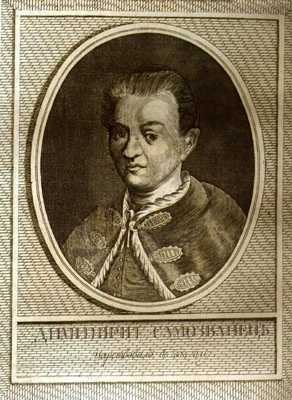
This is item 1 because this impostor managed to become the Tsar of Russia due to his deception. Grigory Otrepyev (False Dmitriy I) was the Tsar of Russia, from 21 July 1605 until his death on 17 May 1606, under the name of Dimitriy Ioannovich. He was one of three impostors who claimed, during a period of civil unrest in Russia, to be the youngest son of Ivan the Terrible, tsarevitch Dmitriy Ivanovich, who had supposedly escaped a 1591 assassination attempt. It is generally believed that the real Dmitriy was assassinated in Uglich and that this False Dmitriy’s real name was Grigory Otrepyev, although this is far from certain. Otrepyev claimed that his mother (the wife of Tsar Ivan) had anticipated the assassination and had him sent to a monastery to hide out. A number of people who had known Tsar Ivan later claimed that Dmitriy did resemble the young tsarevitch. Dmitriy displayed aristocratic skills like riding and literacy and spoke both Russian and Polish. A number of nobles agreed to support him against Tsar Goudonov. He attracted a large number of followers and formed an army which fought on his behalf in two battles. When Tsar Boris Goudonov died suddenly, Russian troops began to defect to Dmitriy’s side and, on 1 June, boyars in Moscow imprisoned the newly-crowned tsar, Feodor II, and his mother and later killed them. Grigory suddenly found himself Tsar. Ultimately, because of Rumors that Grigory intended to convert Russia to Catholicism, an uprising ensued and after a mere ten months ruling, he was shot to death in the Kremlin.








